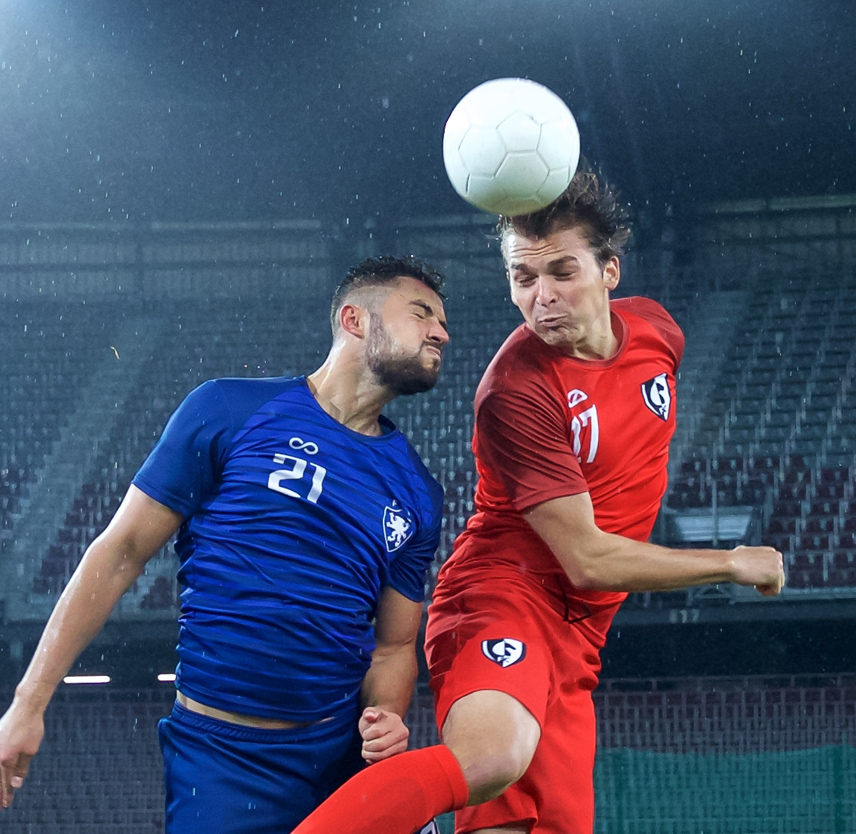
A large database of high school TBI was interrogated to define trends over time in boys’ and girls’ soccer concussions, identify injury mechanisms commonly leading to concussions, and delineate soccer-specific activities during which most concussions occur. Concussions sustained during high school-sanctioned soccer games and practices were counted. Overall, 627 concussions were sustained during 1,393,753 athlete exposures (AEs) among girls (4.50 concussions per 10 000 AEs), and 442 concussions were sustained during 1,592,238 AEs among boys (2.78 concussions per 10 000 AEs). For boys (68.8%) and girls (51.3%), contact with another player was the most common concussion mechanism. Heading was the most common soccer-specific activity, responsible for 30.6% of boys’ concussions and 25.3% of girls’ concussions. Contact with another player was the most common mechanism of injury in heading-related concussions among boys (78.1%) and girls (61.9%). There were few differences in concussion symptom patterns by injury mechanism.
Comstock, R. D., D. W. Currie, et al. (2015). "An Evidence-Based Discussion of Heading the Ball and Concussions in High School Soccer." JAMA Pediatr 169(9): 830-837.
